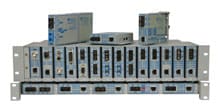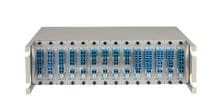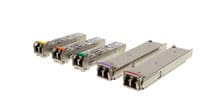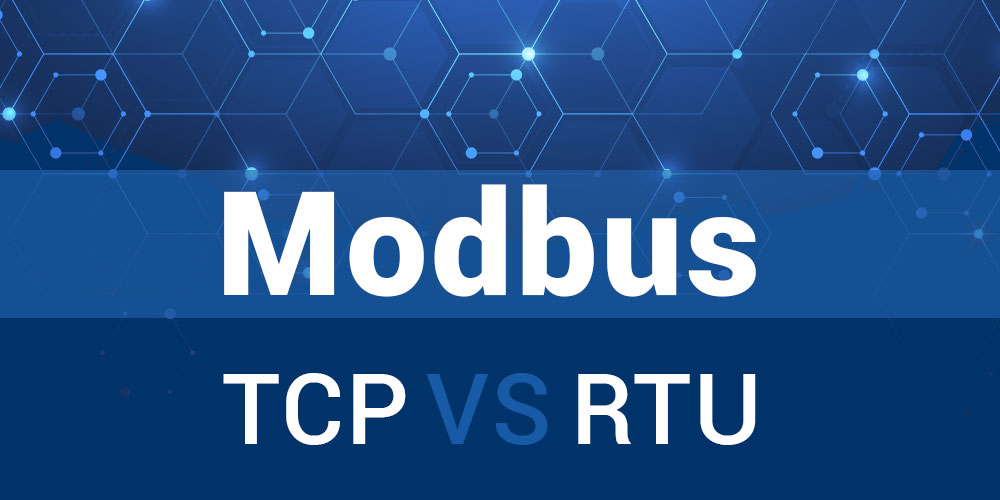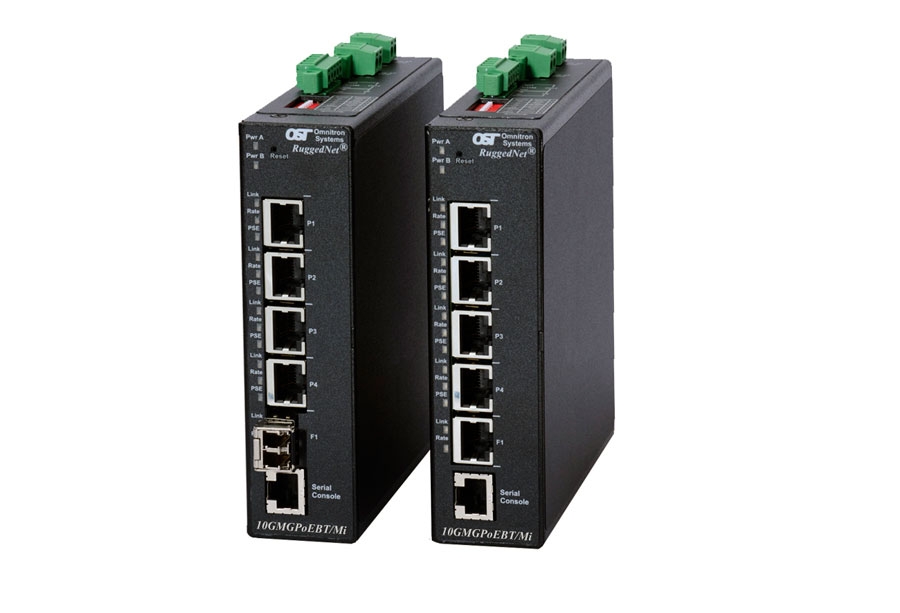- Products
- PoE Media Converters and Switches
- Ethernet & PoE Switches Product Selector
- Multi-Gigabit Ethernet and PoE Switches
- PoE PSE Commercial Switches
- PoE PSE Industrial Fiber Switches
- PoE Industrial Copper Extenders
- PoE Powered Media Converters
- PoE PSE Media Converters
- PoE Extenders & Injectors Product Selector
- Pluggable Transceivers Product Selector
- Single Pair PoE Products
- Product Lines
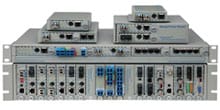
- iConverter Managed Multi-service Platform
- Copper to Fiber Media Converters
- Ethernet Media Converters
- 10 Gigabit Copper-to-Fiber
- 10/100/1000 Copper to 10 Gigabit Fiber
- 10/100/1000 Copper-to-Fiber with Integrated Management
- 10/100/1000 Industrial Copper-to-Fiber with Integrated Management
- 10/100/1000 Copper-to-Fiber with VLAN
- 10/100/1000 Dual Media Converter with VLAN
- Gigabit Copper-to-Fiber
- 10/100 Copper-to-Fiber with Integrated Management
- 10/100 Industrial Copper-to-Fiber with Integrated Management
- 10/100 Copper-to-Fiber with VLAN
- 10/100 Copper-to-Fiber
- Fast Ethernet Copper-to-Fiber
- Fast Ethernet Redundant Links
- 10Mbps Copper-to-Fiber
- 10Mbps Copper to Coax
- TDM Media Converters
- Serial Media Converters
- Ethernet Media Converters
- Fiber to Fiber Media Converters
- 10 Gigabit Fiber-to-Fiber Converter and Transponder
- 10 Gigabit Industrial Converter and Transponder
- SFP-to-SFP Fiber Converter and Transponder
- SFP-to-SFP Industrial Fiber Converter and Transponder
- Gigabit Fiber to-Fiber with 3 Rs
- 100/1000 Fiber-to-Fiber with 3 Rs
- Gigabit Fiber-to-Fiber
- Fast Ethernet Fiber-to-Fiber with 3 Rs
- Fast Ethernet Fiber-to-Fiber
- OC-3/STM-1 Fiber-to-Fiber
- OC-12/STM-4 Fiber-to-Fiber
- Carrier Ethernet Network Interface Devices
- CE 2.0 - 10G Demarcation NID
- CE 2.0 - 10G Demarcation and Aggregation NID
- CE 2.0 - 10/100/1000 Mult-port NID
- CE 2.0 - 10/100/1000 Mult-port NID with PoE
- CE 2.0 - 10/100/1000 8-Port NID
- SFP NID - Gigabit SFP NID
- microNID - 100/1000 compact NID
- CE 1.0 Service OAM - 10/100/1000 NID
- CE 1.0 Link OAM - 10/100/1000 Copper-to-Fiber NID
- CE 1.0 Link OAM - 10/100 Copper-to-Fiber NID
- CE 1.0 Link OAM - Gigabit Fiber-to-Fiber NID
- CE 1.0 Link OAM - Fast Ethernet Fiber-to-Fiber NID
- CWDM Multiplexers
- T1/E1 Multiplexers
- Ethernet Switch Modules
- Management System
- Chassis Options

- 1-Module Industrial Chassis
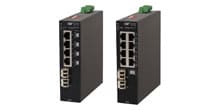
- RuggedNet Industrial Switches and Extenders
- Industrial PoE PSE Fiber Switches
- Multi-Gigabit Managed Industrial PoE+/BT Switches
- Multi-Gigabit Unmanaged Industrial PoE+/BT Switches
- 10G Managed 802.3bt PoE Switches
- 10G Unmanaged 802.3bt PoE Switches
- 10G Managed PoE+ Switches
- 10G Unmanaged PoE+ Switches
- 1G Managed PoE+ Switches
- 1G Unmanaged PoE+ Switches
- 1G Unmanaged 802.3bt PoE Switches
- 1G Managed 802.3bt PoE Switches
- Industrial SPE Switches
- Industrial Ethernet Switches
- Industrial PoE Copper Extenders
- Industrial Power Supplies

- OmniConverter Media Converter, Switches and Extenders
- PoE PSE Media Converters
- 10G Multi-Gigabit / Multi-Rate PoE Media Converter
- 10G Multi-Gigabit / Multi-Rate Media Converter
- 10/100 Multi-port PoE+ Media Converter
- 10/100 PoE+ Media Converter
- 10/100/1000 Multi-Port PoE+ Media Converter
- Industrial 10/100/1000 Multi-Port PoE+ Media Converter
- 10/100/1000 PoE+ Media Converter
- 10/100/1000 PoE++ 60W-100W Media Converter
- Industrial 10/100 Multi-port PoE+ Media Converter
- 1U Rack-Mount Shelf
- PoE PSE Compact Switches
- Multi-Gigabit Managed PoE+/BT Switches
- Multi-Gigabit Unmanaged PoE+/BT Switches
- 10G Managed 802.3bt PoE Switches
- 10G Unmanaged 802.3bt PoE Switches
- 10G Managed PoE+ Switches
- 10G Unmanaged PoE+ Switches
- 1G Managed PoE+ Switches
- 1G Unmanaged PoE+ Switches
- 1G Managed 802.3bt PoE Switches
- 1G Unmanaged 802.3bt PoE Switches
- Ethernet Switches
- PoE Copper Extenders
- Single Pair Ethernet (SPE)
- PoE Injectors
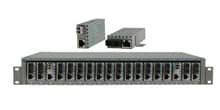
- miConverter Unmanaged Miniature Media Converters
- 10/100/1000 Copper-to-Fiber
- Industrial 10/100/1000 Copper-to-Fiber
- 10/100/1000 Ultra-Compact Copper-to-Fiber
- Gigabit Copper-to-Fiber
- 10/100/1000 Copper-to-Fiber PoE Powered
- 10/100 Copper-to-Fiber
- 10/100 Ultra-Compact Copper-to-Fiber
- 10/100 Copper-to-Fiber PoE Powered
- 18-Module Chassis
- Industrial 10/100 Copper-to-Fiber PoE Powered
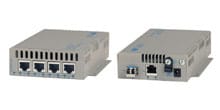
- FlexSwitch Compact Switches
- Solutions
- Company
- Support
- How to Buy
What is Modbus? A Complete Guide to Modbus Protocol and its Applications

Modbus is one of the most widely adopted communication protocols in the industrial automation industry, and it plays a vital role in enabling devices like sensors, controllers, and programmable logic controllers (PLCs) to communicate seamlessly. If you’re looking to understand what is Modbus, how it works, and why it’s important, you’ve come to the right place. In this comprehensive guide from Omnitron Systems, we’ll explore the Modbus protocol, the different types of Modbus communication, its applications, and its differences from other communication protocols like Profibus.
What is Modbus?
Modbus is a widely used communication protocol designed for transmitting data between devices in industrial automation systems. Originally developed by Modicon (now part of Schneider Electric) in 1979, Modbus enables devices like PLCs, sensors, actuators, and other control equipment to communicate over serial or Ethernet networks. The protocol operates on a master-slave architecture, where a master device (typically a PLC or a computer) sends requests to one or more slave devices, which then respond with the requested data or action. Modbus is valued for its simplicity, reliability, and open-source nature, making it easy to implement and integrate into various industrial applications. The protocol supports both Modbus RTU (Remote Terminal Unit) for serial communication and Modbus TCP for Ethernet-based networks, providing flexibility in different network environments. Omnitron Systems leverages the Modbus protocol in many of its industrial solutions, offering devices that seamlessly integrate into Modbus-based systems for enhanced automation and data exchange.
What Does Modbus Stand For?
The term "Modbus" is a combination of the words "Modular" and "Bus", referring to its modular design and the fact that it facilitates data transfer over a shared bus.
How Does Modbus Work?
At its core, Modbus is a master-slave protocol. A master device (often a PLC, PC, or HMI) sends requests to slave devices (such as sensors or actuators), and the slave devices respond with the requested data.
Types of Modbus Communication
There are several versions of Modbus communication, each designed for different network types and requirements:
1. Modbus RTU (Remote Terminal Unit)
One of the most common types of Modbus, Modbus RTU, is used for serial communication over protocols like RS-485 or RS-232. This version is especially popular in environments where short distances are involved. The Modbus RTU protocol is known for its efficiency, faster speeds, and error-checking capabilities.
Key Features of Modbus RTU:
- Error Checking: It uses CRC (Cyclic Redundancy Check) for reliable error detection.
- Compact: Messages in Modbus RTU are short and optimized for quick transmission, making it ideal for real-time applications.
- Communication Distance: Typically used for distances of up to 4000 feet (1200 meters) over RS-485.
2. Modbus TCP (Transmission Control Protocol)
Another popular version is Modbus TCP, which is designed for Ethernet-based networks. Unlike Modbus RTU, Modbus TCP uses the TCP/IP protocol for communication over local area networks (LANs) or wide area networks (WANs). Omnitron Systems offers products that support Modbus TCP, making it easier to integrate your industrial systems with modern Ethernet-based infrastructures.
Key Features of Modbus TCP:
- Ethernet Communication: It leverages the high-speed capabilities of Ethernet networks for faster communication.
- Scalability: Ideal for larger systems and networks with many connected devices.
- Modbus TCP Port: By default, Modbus TCP operates on port 502, ensuring compatibility across various systems.
3. Modbus ASCII
The Modbus ASCII protocol is another version of Modbus, using ASCII characters for data encoding. While not as efficient as Modbus RTU, it can be useful in cases where human-readable data is necessary.
Key Features of Modbus ASCII:
- Human-Readable: ASCII characters make the data easy to interpret.
- Slower Speed: Less efficient than RTU, especially for large data sets.
What is a Function Code in Modbus?
In Modbus communication, a function code is a byte within the Modbus message that tells the slave device what action the master device wants to perform. Each function code corresponds to a specific command, such as reading or writing data, and it defines how the slave device should respond. Function codes are essential for ensuring the correct interpretation of the master's request and the appropriate action by the slave device. For example, a common function code like 0x03 is used to read holding registers, while 0x10 is used to write multiple registers. These function codes help to standardize communication between devices and allow for a wide range of operations in industrial automation systems.
Here’s a table of some of the most common Modbus function codes and their corresponding actions:
| Function Code | Description | Action |
|---|---|---|
|
0x01 |
Read Coils |
Reads the status of coils (binary data, 0 or 1) from the slave. |
|
0x02 |
Read Discrete Inputs |
Reads the status of discrete inputs (on/off states) from the slave. |
|
0x03 |
Read Holding Registers |
Reads the content of holding registers (16-bit values). |
|
0x04 |
Read Input Registers |
Reads input registers (16-bit values for input devices). |
|
0x05 |
Write Single Coil |
Writes a single coil (binary output, on/off) to a slave device. |
|
0x06 |
Write Single Register |
Writes a single holding register to a slave device. |
|
0x0F |
Write Multiple Coils |
Writes multiple coils to a slave device. |
|
0x10 |
Write Multiple Registers |
Writes multiple holding registers to a slave device. |
These function codes allow Modbus-enabled devices to perform specific actions, making it possible for complex industrial control systems to communicate efficiently and effectively.
What is the Difference Between Modbus and Ethernet?
When we talk about Modbus vs Ethernet, it's essential to understand that Modbus is a protocol designed for communication between devices, while Ethernet is a physical network standard that connects devices. Modbus TCP, which is an Ethernet-based version of Modbus, is one of the most common ways to enable Modbus communication over Ethernet.
Key Differences:
- Modbus Protocol refers to the method of communication, while Ethernet is a physical medium used for networking.
- Modbus TCP is an implementation of Modbus over Ethernet, allowing devices on an Ethernet network to communicate using the Modbus protocol.
Modbus RTU vs TCP: Which One to Choose?
Choosing between Modbus RTU and Modbus TCP depends on several factors, including the communication medium, distance, speed, and scalability of the application.
- Modbus RTU is suitable for short-distance, high-speed communication using serial connections.
- Modbus TCP is ideal for larger networks and when Ethernet connectivity is available, offering faster communication and better scalability.
At Omnitron Systems, we provide both Modbus RTU and Modbus TCP solutions, ensuring flexibility and compatibility with a wide range of industrial systems.
What is Modbus Used For?
Modbus is used in a variety of applications where reliable, real-time communication is critical. Some of the most common uses of Modbus include:
1. Industrial Automation
Modbus plays a vital role in industrial automation, enabling communication between PLCs, sensors, actuators, and other devices. It's widely used for controlling and monitoring equipment in manufacturing plants, warehouses, and other production environments.
2. Building Automation
In building automation, Modbus is used to connect HVAC systems, lighting, security, and energy management devices. The Modbus protocol ensures seamless integration and communication between these systems, contributing to more efficient building management.
3. Energy Management Systems
In smart grid systems, Modbus is employed to monitor and control energy usage. Modbus RTU and Modbus TCP can be used to gather data from energy meters and control power distribution systems.
4. Water and Wastewater Management
Modbus enables communication between sensors, pumps, and controllers in water treatment plants and wastewater facilities, ensuring smooth operations.
Modbus vs Profibus: Which is Better?
When comparing Modbus vs Profibus, it's important to understand that both are communication protocols used in industrial systems, but they have distinct differences:
- Modbus is simpler and more cost-effective, ideal for small to medium-sized networks.
- Profibus, on the other hand, offers more advanced features, including higher speeds and more complex data handling, making it suitable for large, high-demand applications.
Omnitron Systems’ Managed Ethernet and PoE Switches Now Support Modbus Protocol
At Omnitron Systems, we are constantly innovating to offer solutions that enhance network communication and integration. We are excited to announce that our RuggedNet and OmniConverter managed Ethernet and Power over Ethernet (PoE) switches now support the Modbus protocol. This new capability means that our switches are now "Modbus Aware," allowing them to be seamlessly recognized as devices within a Modbus network.
With this integration, Omnitron Systems has made it even easier to incorporate our switches into industrial automation systems, energy management setups, and other networked environments that use Modbus communication. By enabling Modbus support, our switches can now interact directly with other Modbus-enabled devices, streamlining network setup and improving operational efficiency. Whether you’re managing a smart factory or designing a large-scale IoT infrastructure, our Modbus Aware switches provide the flexibility and reliability you need to build a robust, interconnected system.
Common Questions About Modbus
1. What is the difference between Modbus RTU and Modbus TCP?
The main difference between Modbus RTU and Modbus TCP lies in the communication medium. Modbus RTU uses serial communication (RS-485 or RS-232), while Modbus TCP utilizes Ethernet for faster, more scalable communication.
2. What is Modbus used for in industrial automation?
Modbus is widely used in industrial automation for connecting PLC systems, sensors, actuators, and other devices to exchange data and control machinery or processes.
3. Can Modbus work over Ethernet?
Yes, Modbus TCP is specifically designed to work over Ethernet, using TCP/IP protocols to communicate over LANs or WANs.
4. What is the Modbus TCP port?
By default, Modbus TCP operates over port 502, which is the standard port for Modbus communication over Ethernet networks.
Conclusion
In conclusion, Modbus remains one of the most important communication protocols in the world of industrial automation. Whether you're using Modbus RTU for serial communication or Modbus TCP for Ethernet-based networks, this versatile protocol ensures reliable, real-time communication between devices such as PLCs, sensors, and controllers. At Omnitron Systems, we understand the critical role that Modbus plays in industries ranging from manufacturing and energy management to building automation and water treatment.
Choosing the right version of Modbus—be it Modbus RTU or Modbus TCP—depends on your specific needs, such as distance, speed, and scalability. By integrating Modbus into your systems, you can optimize performance, improve connectivity, and ensure smooth, uninterrupted operations.
If you’re looking for high-quality Modbus solutions and expert guidance on integrating this protocol into your industrial network, Omnitron Systems has the products and experience to support your needs. Don’t hesitate to contact us for more information or to find the perfect solution for your project.

